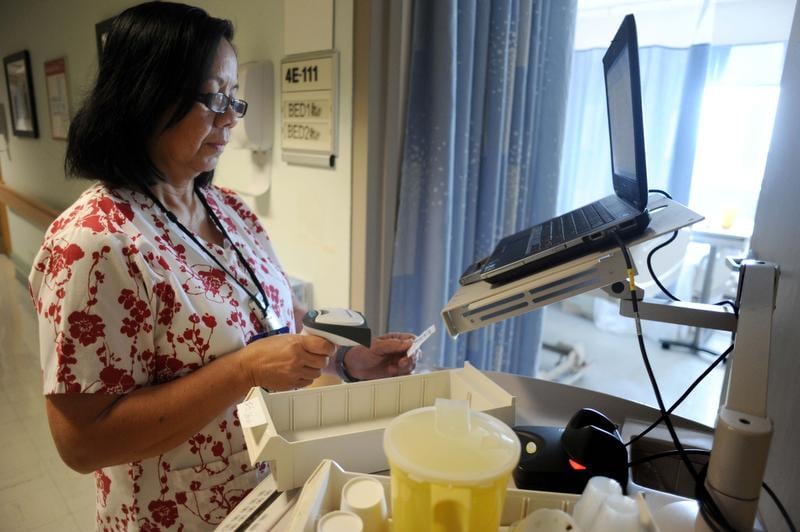When troops are wounded, time is precious. That’s why the fast-ticking minutes that follow such an event are called the “golden hour.” Get the right care within the right time and you survive. Wrong care or an evac takes too long — you’re dead.
While major efforts across the government push to advance medical technology in the field and speed up the vehicles that carry troops to top treatment, one new effort is trying something even more ambitious — slowing life to save life.
Researchers at the Defense Advanced Research Projects Agency recently launched a five-year project dubbed “Biostasis.” The program will “leverage molecular biology to develop innovative ways of controlling the speed at which living systems operate.”
By doing that they hope to extend the “golden hour” before it’s too late.
“At the molecular level, life is a set of continuous biochemical reactions, and a defining characteristic of these reactions is that they need a catalyst to occur at all,” said Tristan McClure-Begley, the Biostasis program manager.
RELATED

Those catalysts, McClure-Begley said, are proteins and “large molecular machines” that transform chemical and kinetic energy into biological processes.
“Our goal with Biostasis is to control those molecular machines and get them to all slow their roll at about the same rate so that we can slow down the entire system gracefully and avoid adverse consequences when the intervention is reversed or wears off.”
The program starts small, first by aiming at slowing certain processes within cells, then slowing whole cells and later tissue processes, then onto the entire organism, he said.
But the goal isn’t simply to slow processes down but to do it without damaging the processes when they return to normal speed.
“Our treatments need to hit every cellular process at close to the same rate, and with the same potency and efficacy,” McClure-Begley said. “We can’t focus treatments to interrupt just a subset of known critical processes.”
The wrong kind of slow down, in the wrong sequence or at different rates, could kill a cell.
To avoid those problems, DARPA wants to put their efforts on the protein level. And they’re looking to nature for some clues.
Certain creatures such as tardigrades and wood frogs can go into a state known as “cryptobiosis,” where it seems like all their metabolic processes have stopped but they’re still alive, according to the DARPA release.
Tardigrades, which are microscopic invertebrates, can use this adaptation to survive freezing, extreme radiation and near-total dehydration.
Wood frogs use the same method to survive freezing solid for multiple days.
“Nature is a source of inspiration,” McClure-Begley said. “If we can figure out the best ways to bolster other biological systems and make them less likely to enter a runaway downward spiral after being damaged, then we will have made a significant addition to the biology toolbox.”
The Biostasis program’s goals are to build “proof-of-concept” technologies and testing them in simple living systems. The work will include federal health and regulatory agencies to then develop a pathway for future human medical use.
Todd South has written about crime, courts, government and the military for multiple publications since 2004 and was named a 2014 Pulitzer finalist for a co-written project on witness intimidation. Todd is a Marine veteran of the Iraq War.





